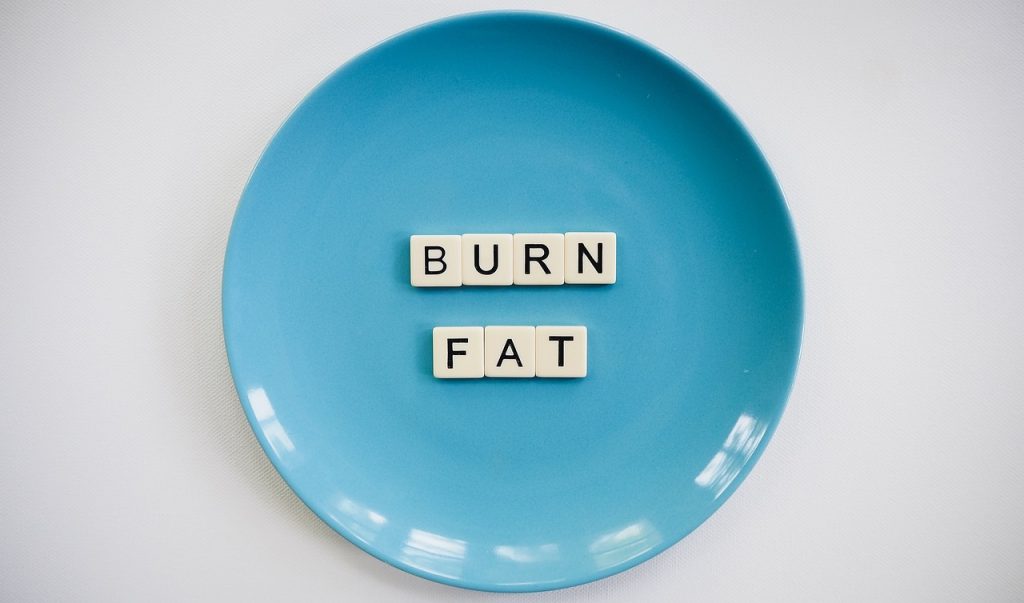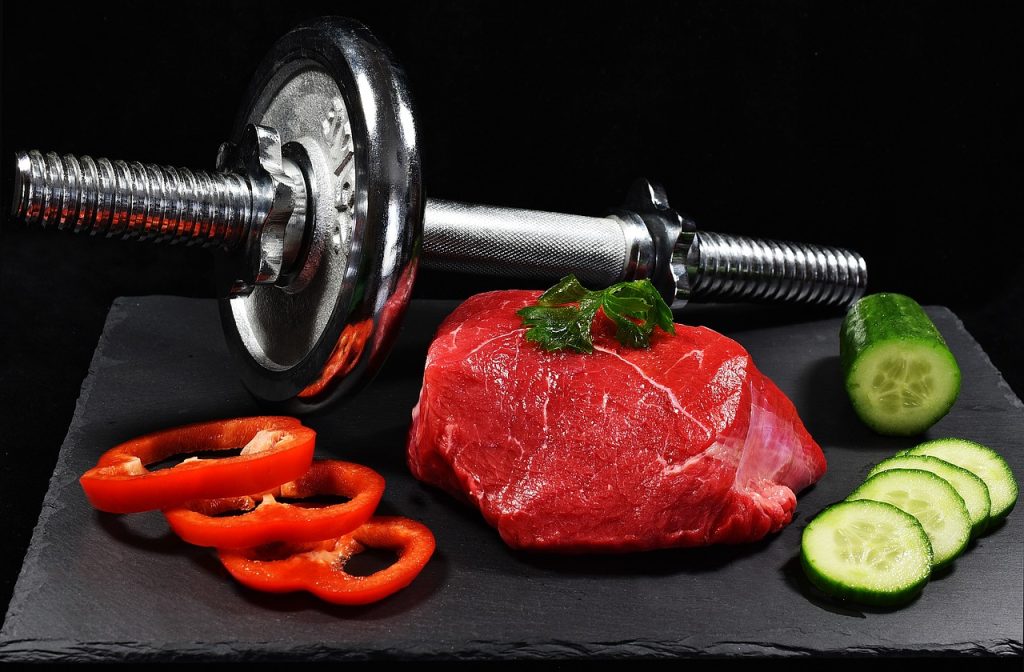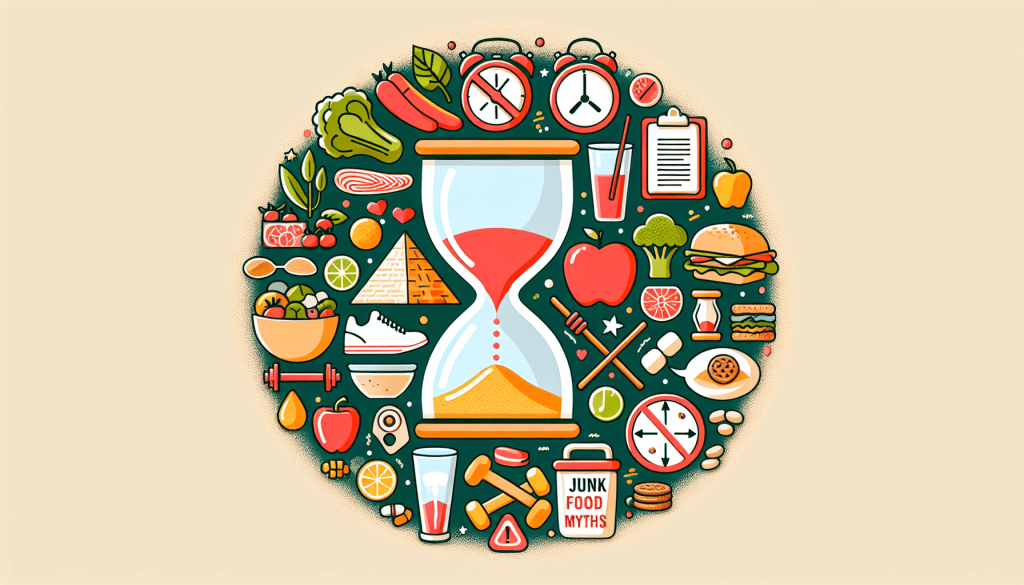If you’ve ever wondered about the most effective ways to lose fat around your abdominal area, then you’ve come to the right place! In this article, we’ll explore the strategies that experts recommend for targeting this specific area and shedding those stubborn pounds. Whether you’re aiming for a six-pack or simply want a stronger core, we’ll provide you with the answers to your burning questions. So, let’s dive in and discover the best strategies for achieving fat loss around the abdominal area!
Regular Cardiovascular Exercise
Choose the Right Cardio Exercise
When it comes to fat loss, cardiovascular exercise is essential. It not only burns calories but also increases your heart rate, helping you improve your cardiovascular health. When choosing the right cardio exercise, you should consider your preferences, fitness level, and any underlying medical conditions. Some popular options include running, swimming, cycling, and brisk walking. Experiment with different exercises to find one that you enjoy and can stick to in the long run.
Aim for at Least 150 Minutes per Week
To see significant fat loss results, it is recommended to engage in at least 150 minutes of moderate-intensity cardiovascular exercise per week. This can be divided into multiple sessions throughout the week, making it more manageable. You can start with shorter durations and gradually increase the time you spend on each workout. Remember, consistency is key, so find a schedule that works for you and stick to it.
Interval Training for Maximum Fat Burning
Interval training is a highly effective method for fat loss, especially around the abdominal area. It involves alternating between intense bursts of exercise and periods of rest or lower intensity. This type of training keeps your heart rate elevated and boosts your metabolism, leading to greater calorie burn. Try incorporating intervals into your cardio workouts by sprinting for 30 seconds followed by a minute of walking or jogging. Repeat this pattern for a set period of time to maximize fat burning.
Strength Training
Focus on Compound Exercises
Strength training is crucial for fat loss as it helps build lean muscle mass, which increases your metabolism and burns more calories throughout the day. When choosing exercises, focus on compound movements that work multiple muscle groups simultaneously. Squats, deadlifts, bench presses, and rows are excellent examples of compound exercises that target not only your core but also other major muscle groups.
Incorporate HIIT Workouts
High-Intensity Interval Training (HIIT) is a time-efficient way to build strength and burn fat. This type of workout involves short, intense bursts of exercise followed by brief periods of rest. HIIT sessions can help you preserve muscle mass while shedding excess fat, making it particularly effective for abdominal fat loss. Include HIIT workouts in your strength training routine by incorporating exercises like burpees, mountain climbers, and kettlebell swings.
Train All Major Muscle Groups
While targeting the abdominal area is important for fat loss, it’s vital not to neglect other muscle groups. Training all major muscle groups will promote overall strength and improve your body composition. Aim to include exercises that target your legs, back, chest, shoulders, and arms. This balanced approach will help create a more defined and toned physique while boosting your metabolism for optimal fat burning.

Balanced Diet
Create a Calorie Deficit
To lose fat, it’s crucial to create a calorie deficit by consuming fewer calories than you burn. However, it’s important to do this in a healthy and sustainable way. Instead of drastically slashing your calorie intake, aim for a moderate deficit of 500-1000 calories per day. This can be achieved by incorporating a combination of exercise and mindful portion control, which we will discuss in more detail later in this article.
Focus on Whole, Nutrient-Dense Foods
When it comes to fat loss, the quality of your diet is just as important as the quantity. Focus on including whole, nutrient-dense foods that provide essential vitamins, minerals, and fiber. Incorporate plenty of fruits, vegetables, lean proteins, whole grains, and healthy fats into your meals. These foods will not only support fat loss but also promote overall health and well-being.
Balance Macronutrients
In addition to choosing high-quality foods, it’s important to balance your macronutrients – proteins, carbohydrates, and fats. Each macronutrient plays a crucial role in your body, and finding the right balance for your individual needs is key. Aim to consume a moderate amount of protein to support muscle growth and repair, include complex carbohydrates for sustained energy, and incorporate healthy fats for satiety and overall health.
High Protein Intake
Benefits of Protein for Fat Loss
Protein is a valuable nutrient when it comes to fat loss, especially around the abdominal area. It has a high thermic effect, meaning it requires more energy to digest, resulting in a greater calorie burn. Moreover, protein helps you feel full and satisfied, reducing cravings and minimizing overeating. Additionally, protein plays a crucial role in maintaining and building lean muscle mass, which is essential for a toned physique.
Include Protein in Every Meal
To optimize fat loss, make sure to include a source of protein in every meal and snack. Good sources of lean protein include chicken breast, turkey, fish, tofu, Greek yogurt, and eggs. Including protein in your meals will help prevent muscle loss, control your appetite, and support your body’s fat-burning processes.
Sources of Lean Protein
If you’re looking to increase your protein intake, there are several lean sources to choose from. Chicken breast, turkey, and fish are excellent options, as they are low in fat and rich in high-quality protein. Plant-based sources such as tofu, tempeh, and legumes are also great alternatives for those following a vegetarian or vegan diet. Incorporate a variety of lean protein sources into your meals to ensure adequate intake and maximize fat loss potential.

Proper Hydration
Water’s Role in Fat Loss
Proper hydration is often overlooked but plays a crucial role in fat loss. Drinking enough water helps maintain optimal bodily functions, including your metabolism. It can also help reduce water retention and bloating, giving you a leaner appearance. Additionally, staying hydrated can help control your appetite, as thirst is often mistaken for hunger. Make it a habit to drink an adequate amount of water throughout the day to support your fat loss goals.
Drink Adequate Water Throughout the Day
To stay properly hydrated, aim to drink at least 8-10 cups (64-80 ounces) of water per day. However, individual needs may vary based on factors such as climate, activity level, and body composition. Carry a water bottle with you and sip water throughout the day, staying mindful of your hydration levels. Remember that thirst is not always an accurate indicator of hydration, so make it a habit to drink water regularly.
Limit Intake of Sugary Drinks
While staying hydrated is important, it’s equally vital to limit your intake of sugary beverages. These drinks, such as soda, sports drinks, and fruit juices, are often high in calories and lacking in nutritional value. Moreover, they can lead to blood sugar spikes and crashes, affecting your energy levels and making it harder to adhere to a healthy eating plan. Opt for water, unsweetened tea, or infused water as your main sources of hydration to support your fat loss efforts.
Adequate Sleep and Stress Management
Importance of Quality Sleep for Fat Loss
Getting enough quality sleep is crucial for overall health and plays a significant role in fat loss. Lack of sleep can disrupt hormonal balance, specifically increasing levels of the hunger hormone ghrelin while decreasing levels of the satiety hormone leptin. This hormonal imbalance can lead to increased appetite and cravings, making it harder to stick to a healthy eating plan. Aim for 7-9 hours of quality sleep each night to support fat loss and optimize overall well-being.
Reduce Stress Levels
Chronic stress can hinder fat loss efforts, as it triggers the release of cortisol, a stress hormone that promotes the accumulation of abdominal fat. Finding effective ways to manage stress is essential for achieving your fat loss goals. Incorporate stress-reducing activities into your routine, such as meditation, deep breathing exercises, yoga, or engaging in hobbies that bring you joy. Prioritizing self-care and implementing stress management techniques will not only benefit your physical health but also support your mental well-being.
Implement Relaxation Techniques
In addition to stress reduction, implementing relaxation techniques can further enhance your fat loss journey. Techniques such as progressive muscle relaxation, guided imagery, or aromatherapy can help you unwind, improve sleep quality, and promote a state of relaxation. Find what works best for you and incorporate these techniques into your daily routine to support your overall well-being and optimize fat loss.

Targeted Abdominal Exercises
Best Exercises for Abdominal Fat Loss
While spot reduction is not possible, targeted abdominal exercises can help strengthen and tone the muscles in that area. Incorporating exercises such as planks, Russian twists, bicycle crunches, and mountain climbers can help build core strength, improve posture, and enhance muscle definition. However, it’s important to remember that these exercises alone will not magically melt away belly fat. They should be combined with a comprehensive fat loss plan that includes cardiovascular exercise, strength training, and a balanced diet.
Include Both Compound and Isolation Exercises
When it comes to training your abdominal muscles, it’s important to incorporate a mixture of compound and isolation exercises. Compound exercises, such as squats and deadlifts, engage multiple muscle groups, including the core, while isolation exercises target specific muscles, such as crunches or leg raises. This combination will ensure that you are effectively working all aspects of your abdominal muscles, leading to improved strength and definition.
Progressive Overload and Varied Rep Ranges
To see continued progress with your abdominal exercises, it’s important to incorporate progressive overload and vary your rep ranges. Progressive overload means gradually increasing the difficulty of your exercises over time by adding resistance or increasing reps and sets. Varying your rep ranges, such as performing higher repetitions with lighter weights and lower repetitions with heavier weights, will help challenge your muscles in different ways and promote muscle growth and fat loss.
Consistency and Patience
Fat Loss Takes Time and Commitment
It’s important to remember that fat loss is a journey that takes time and commitment. There is no quick fix or overnight solution to achieving your desired results. Consistency is key, so make a commitment to yourself and stick to your routine. It’s normal to experience plateaus or setbacks along the way, but with dedication and perseverance, you can achieve your fat loss goals.
Stick to Your Routine
Creating a solid routine and sticking to it is crucial for long-term success. Make exercise and healthy eating habits a priority in your daily life. Schedule your workouts, plan your meals, and stay accountable to yourself. When faced with temptations or obstacles, remind yourself of your goals and the progress you’ve made so far. By staying consistent, you’ll build healthy habits that will support your fat loss journey for years to come.
Track Progress and Make Adjustments
Tracking your progress is an essential tool for fat loss. Keep a journal or use an app to record your workouts, meals, and measurements. This will help you identify patterns, celebrate your successes, and make necessary adjustments along the way. Assess your progress regularly and tweak your routine if needed, whether it’s increasing the intensity of your workouts, adjusting your calorie intake, or trying new exercises. Remember that everyone’s journey is unique, so listen to your body and make changes that work best for you.

Mindful Eating and Portion Control
Pay Attention to Hunger and Fullness Cues
Eating mindfully involves paying attention to your body’s hunger and fullness cues. Many people struggle with overeating or mindless snacking, which can hinder fat loss progress. Before eating, take a few deep breaths and assess your hunger levels. Eat slowly and savor each bite, being mindful of when you start to feel satisfied. Stop eating before you feel overly full, as it takes time for your brain to register that you are no longer hungry. By practicing mindful eating, you can better control your portions and reduce unnecessary calorie consumption.
Focus on Mindful Eating
In addition to paying attention to hunger and fullness cues, mindful eating involves being fully present and engaged during meal times. Minimize distractions such as electronic devices or television and focus on the sensory experience of eating. Take time to appreciate the colors, flavors, and textures of your food. Chew slowly and savor each bite, allowing yourself to fully enjoy your meals. By practicing mindful eating, you can develop a healthier relationship with food and make more conscious choices that support your fat loss goals.
Control Portion Sizes
Portion control is a crucial aspect of achieving and maintaining fat loss. Even if you’re eating nutrient-dense foods, consuming excessive portions can still lead to weight gain. Use visual cues or measuring tools to get a better understanding of appropriate portion sizes. Focus on filling your plate with a balance of protein, vegetables, whole grains, and healthy fats. Be mindful of eating out or dining at social events, as these situations often come with larger portions. Remember that moderation is key, and finding a sustainable balance is essential for long-term success.
Stay Motivated and Stay Focused
Set Realistic Goals
Setting realistic and achievable goals is vital for staying motivated throughout your fat loss journey. While having a six-pack or a perfectly flat stomach may be aspirational, it’s important to set goals that are within reach. Focus on measurable and non-scale-related goals, such as increasing your strength, improving your endurance, or feeling more energized. Celebrate these smaller victories along the way, as they will keep you motivated and help you maintain long-term consistency.
Find Accountability and Support
Having a support system can significantly impact your fat loss journey. Find an accountability partner, a workout buddy, or join a fitness community where you can share your goals, progress, and challenges. Surround yourself with like-minded individuals who can offer encouragement, motivation, and advice. Being part of a supportive network can provide the necessary boost to stay focused and resilient, even when faced with obstacles.
Celebrate Non-Scale Victories
Fat loss is not solely determined by the number on the scale. Celebrate non-scale victories such as improvements in strength, flexibility, or endurance. Notice how your clothes fit better, how your energy levels have increased, or how your confidence has grown. Acknowledge and appreciate these victories, as they are just as important as the number on the scale. Remember that fat loss is a holistic journey, and recognizing these non-scale achievements will keep you motivated and focused on your overall well-being.






